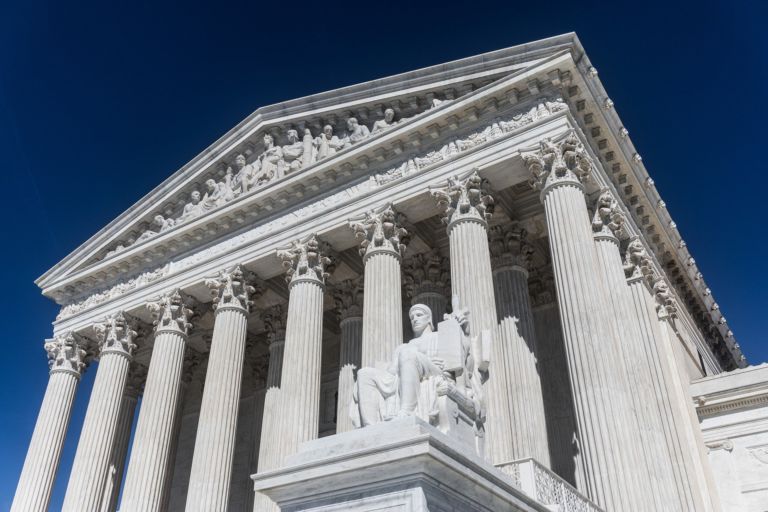Sean Davis of the Federalist offers a lengthy defense of President Trump’s declaration of a national emergency linked to southern border security.
A review of existing federal laws makes clear that President Donald Trump has clear statutory authority to build a border wall pursuant to a declaration of a national emergency. Arguments to the contrary either mischaracterize or completely ignore existing federal emergency declarations and appropriations laws that delegate to the president temporary and limited authority to reprogram already appropriated funding toward the creation of a border wall between the United States and Mexico.
To analyze the legal basis for Trump’s declaration of a national emergency and subsequent transfer of existing appropriations to respond to the declared emergency, we must begin and end with the actual text of underlying federal laws governing presidential declarations and appropriations of federal funding. The most important text regarding the latter is Section 9 of Article 1 of the U.S. Constitution: “No Money shall be drawn from the Treasury, but in Consequence of Appropriations made by Law[.]” …
… Much news coverage of Trump’s national emergency declaration has suggested that he is unilaterally spending money that has not been appropriated to fund construction of a wall (or fence, or security barrier, or whatever you want to call it) on the U.S. southern border, but that is simply not the case. In fact, the formal declaration of a national emergency on the U.S.-Mexico border cites two specific federal statutes that provide him the legal basis to use emergency funds to secure the border: one authorizing the president to declare national emergencies (50 U.S.C 1601 et. seq.) and the other authorizing the president to reprogram existing federal appropriations in response to an emergency declaration (10 U.S.C. 2808).


